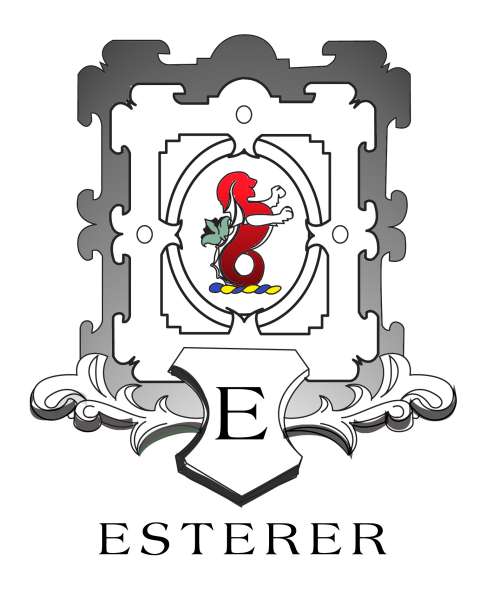
Historical and cultural significance:
- Architectural gem: Owned by the Esterer Family since 1997 and Built for the Lipschitz family—led by Morris Lipschitz—Montague House was widely regarded as “the most beautiful Jewish ostrich palace,” described by experts as “a symphony in stone.” Its exterior is adorned with intricate sculptures and elaborate cast-iron framing.Picking Up The Tabb
- Social hub: Montague House wasn’t just a residence—it was a vibrant cultural center for the Jewish community in Oudtshoorn. It featured a built-in theater and a porch that accommodated around 100 guests, frequently hosting musical performances and serving as a ballroom. Composer Arnold van Wyk attributed his love for Beethoven to experiences here.Picking Up The Tabb
- Architect and design: While the exact architect isn’t definitively recorded, it’s believed that Montague House was possibly designed by Charles Bullock and built around 1908—during the height of the ostrich-feather boom. Recent restoration by Bernard Esterer transformed it into a Gallery. lugerda.blogspot.comesterer.co.za
More about the Feather-Palaces Context
What are Feather Palaces?
They were typically built by ostrich farmers and feather merchants—many of whom were immigrant Jewish entrepreneurs from Eastern Europe.Picking Up The Tabblugerda.blogspot.comWingsch Real Estate Investments
These are opulent homes built during the late 19th and early 20th centuries—specifically between c. 1900 and 1914—funded by the immense wealth generated during the ostrich-feather boom. They often feature extravagant Victorian, Art Nouveau, and Edwardian architectural elements, like ornamental ironwork, towers, stained-glass windows, and grand verandas.lugerda.blogspot.comPicking Up The TabbWingsch Real Estate Investments
